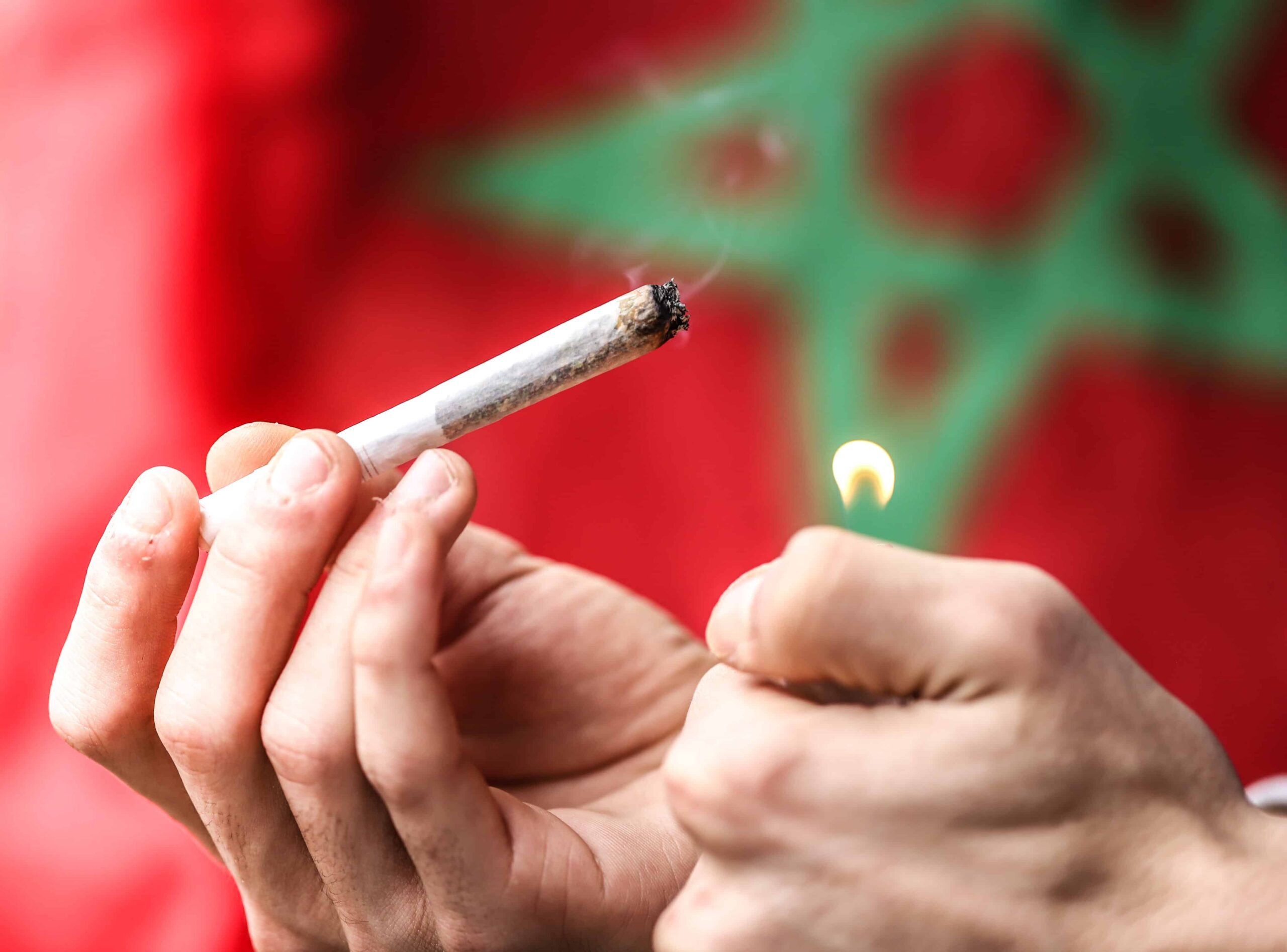
Morocco officials appoint new head of cannabis agency
Mohamed El Guerrouj, who has served as interim director of the Moroccan National Agency for the Regulation of Cannabis-Related Activities (ANRAC) since September 2022, was recently appointed by Moroccan King Mohammed VI. appointed general director.
According to Morocco World News, the announcement was made on October 19 between King Mohammed VI. and a Council of Ministers that met to discuss the Morocco Finance Law 2024, as well as international agreements and appointments to official positions.
According to Morocco World News, before his most recent appointment as a cannabis candidate, El Guerrouj had a long career and had a lot of experience in agriculture and development. He graduated from the Hassan II Institute of Agronomy and Veterinary Medicine in Rabat on the northwest coast of Morocco and the National Institute of Agronomy in Paris-Grignon, France.
In 1991, he served as deputy director of the technical department at a company called SOGETA, holding the following positions: Ministry of Agriculture (1994), Head of the Grain Department of the Central Directorate of Plant Production (1995), Provincial Director of Agriculture (2005), Head of the International Cooperation Department (2007), Chief of the Cabinet of the Minister of General and Economic Affairs (also 2007), Director of Project Management at the Agricultural Development Agency (2009), Director-General of the Agricultural Development Agency (2013), Governor of El Jadida (2017) and Interim Director of ANRAC (from September 2022).
Now he is ready to lead ANRAC into the future. The Moroccan Parliament initially voted to legalize medical cannabis through Law 13-21 in 2021, which legalizes cannabis for industrial, medical and cosmetic purposes.
ANRAC was founded in 2022 to regulate all aspects of the Moroccan cannabis industry, including cultivation, certifications/licenses, marketing, processing and manufacturing. ANRAC held its first meeting in June 2022.
By October 2022, ANRAC issued the first 10 cannabis production permits, authorizing companies to “market and export cannabis derivatives for pharmaceutical, medical and industrial purposes.” In this way, the agency enables the cultivation and processing of cannabis by agricultural collectives.
In December 2022, Moroccan law enforcement authorities broke up a drug smuggling operation and found more than two tons of illegal cannabis. In 2021, law enforcement seized more than 191 tons of cannabis, representing a decrease in seizure volumes compared to 2020.
In March of this year, Moroccan officials announced that they would begin building their first testing laboratory, called Bio Cannat. According to Morocco World News, it was one of the ten original companies that received approval from ANRAC.
Morocco has a long history of cannabis cultivation and hashish production, particularly in Morocco’s Rif Mountains. According to a historical study published in October 2022 in Cannabis and Cannabinoid Research entitled “Origin, Early History, Cultivation, and Characteristics of the Traditional Varieties of Moroccan Cannabis sativa L.”, cannabis is believed to have been brought to Morocco by Arab conquerors in 2011 the 10th century. Other researchers believe it may have been introduced by pilgrims to Mecca or possibly brought by African slaves. During this time it was probably cultivated for food production and to make textiles and paper.
What is more certain is that cannabis cultivation in the Rif Mountains definitely took place around the early 19th century. Beginning in the early 20th century, cannabis was primarily used for its fiber. The study claims that European narrow-leaf hemp varieties may have been introduced into Moroccan landraces.
It is believed that hashish seeds from Lebanon and the process of sifting (collecting cannabis resin powder) were brought to Morocco in the 1960s. In the early 1980s, additional Lebanese cannabis strains were introduced to Morocco. The researchers found that these varieties were grown less frequently compared to Western hybrid varieties because they were “improved, more productive and more effective.”
Cannabis prohibition began in the late 19th century when Sultan Hassan I imposed strict laws on the trade and export of cannabis, although he allowed five village tribes to continue cultivation. It was later under Spanish and French control (though mainly by a monopolized tobacco grower) until 1953. In 1956, Morocco became independent and cannabis cultivation was banned. However, the plant was still cultivated in these villages and mountain farming areas.
The research study notes that the Rif Mountains are “unfavorable” for agriculture due to poor soil quality and a climate that is too hot in summer and too wet in winter. Therefore, growers are limited to spring and fall cultivation.
According to a recent report from this summer, illegal cannabis cultivation is still widespread in the Rif Mountains. According to the United Nations Office on Drugs and Crime, this region is now one of the largest producers of cannabis resin in the world.
A Moroccan cultivator named Mourad told Al Jazeera that he learned cultivation from friends and family, although many others learned cultivation from hippies who traveled to the mountains. However, he expressed concerns about the shift from illegal to legal cultivation. “Official representatives came to the village in March to discuss the new bill with us and record the names of people who might be interested,” Mourad said. “For my part, I don’t really know what I’m going to do. If I am forced to switch to legal production, I will do so, but if most of my neighbors continue to produce cannabis illegally, I will do the same.”
The Moroccan Interior Ministry estimated in 2013 that 700,000 people make their living from growing cannabis.

Post a comment: